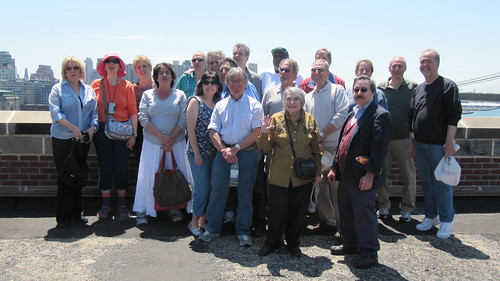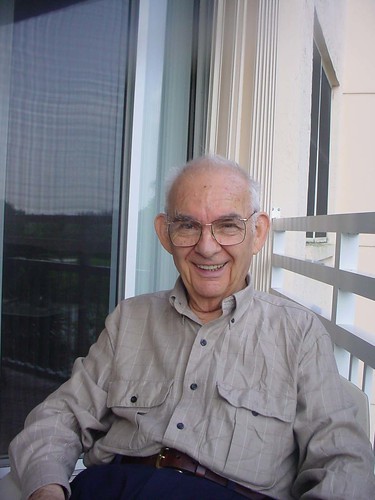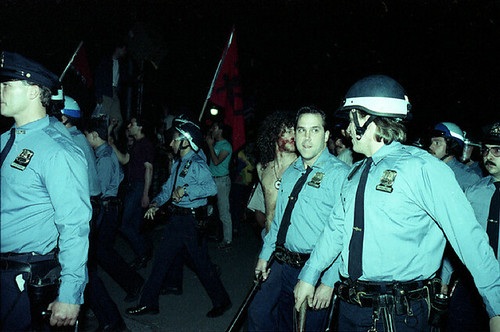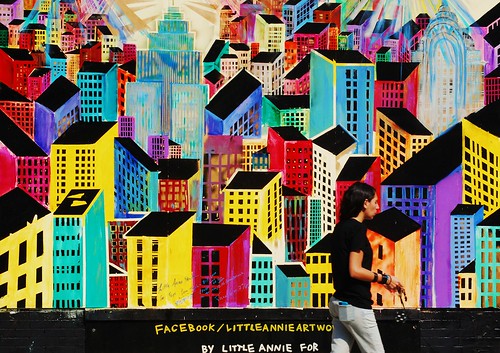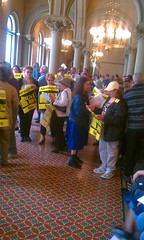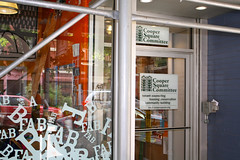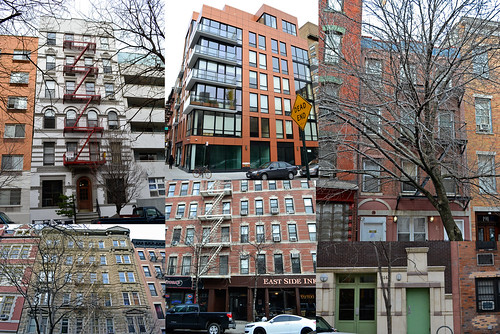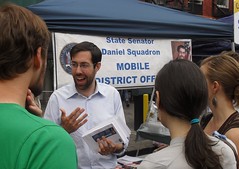In the first part of a two-part story, Mary Reinholz speaks with some former residents of Knickerbocker Village.
Although hard hit by Hurricane Sandy, Knickerbocker Village still looks like an urban fortress, with its aging collection of 13-story brick buildings spanning one full city block. As lower middle income residents once again consider the option of going co-op, it’s worth noting that this sprawling complex, a precursor to the Mitchell-Lama Housing Program, was once a hot bed of tenant activism and radical politics during the Depression era on the Lower East Side.
This was a time when the gangs of New York held sway in impoverished immigrant neighborhoods, and mobsters controlled the docks on the East River nearby. An infamous “lung block” on which the complex sits between the Manhattan and Brooklyn Bridges got its name because so many tenants there had died from tuberculosis in squalid living conditions.
“It used to be all alleys and tenements, the worst kind of tenements you can imagine,” said Hal Kanter, 83, a retired restaurateur and former owner of Manhattan’s Broadway Joe steak house who lived at Knickerbocker Village from 1935, a year after it opened, to 1948. “Knickerbocker Village cleaned all that up. I was a tot when it opened and it seemed so safe. It was like a prison–with walls and gates so high you couldn’t scale them.”
Author David Alman, 93, who grew up in a tenement on Rivington St., moved into KV in 1941, noting “It dwarfed anything we had ever seen before.” It struck him, he said, as a kind of working-class paradise. Some seven decades later, in 2009, he published a book with his late wife Emily Arrnow on an episode in KV history. It was called, “Exoneration: the Trial of Julius and Ethel Rosenberg, and Morton Sobell.“
The Rosenbergs, who were convicted for conspiring to pass atom bomb secrets to Russia, and executed at Sing Sing prison in 1953, remain Knickerbocker Village’s most notorious former tenants. Both were communists who had been living with their two young sons in a modestly priced apartment. Read more…



